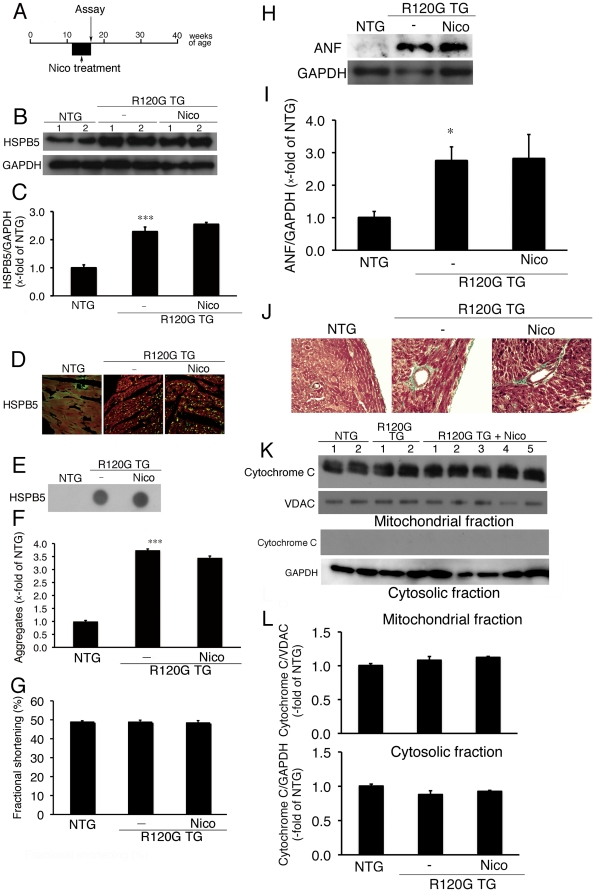Figure 5. Effect of Nico (81 mg/l of drinking water) on cardiac disease at a relatively early stage in the HSPB5 R120G (R120G) TG mice.
(A) Protocol was shown. Nico was administered via drinking water from 12 weeks for a total of 4 weeks in the R120G TG mice. (B) Typical pictures of Western blot analysis. (C) Quantitative analysis of HSPB5. Values are the x-fold increase relative to values in non-transgenic (NTG) mouse hearts whose values are arbitrarily set to 1. (D) Representative pictures of the immunohistochemistry are shown. (E) Typical picture of the filter assay for the detection of the aggregates containing HSPB5 proteins. (F) Quantitative analysis of the aggregates containing mutant R120G protein. (G) Fractional shortening assessed by the echocardiogram. Cardiac functional measurements were made at 16 weeks (n = 8 mice). (H) Typical pictures of Western blot analysis for ANF. (I) Quantitative analysis of ANF in the hearts in the R120G TG mice. (J) Masson's trichrome staining. (K) Cytochrome c levels of mitochondrial fraction isolated from the hearts from the R120G TG mice with or without Nico treatment. Typical pictures of Western blot analysis. Quantitative analysis of cytochrome c. GAPDH was used as a loading control in the cytosolic fraction and the voltage-dependent anion channel (VDAC) was used in the mitochondrial fraction. (L) Quantitative analysis of cytochrome c in mitochondrial and cytosolic fractions isolated from the hearts in the R120G TG mice. *p<0.05, ***p<0.001, vs. the NTG, #p<0.05 vs. the R120G TG mice (n = 6–8).

